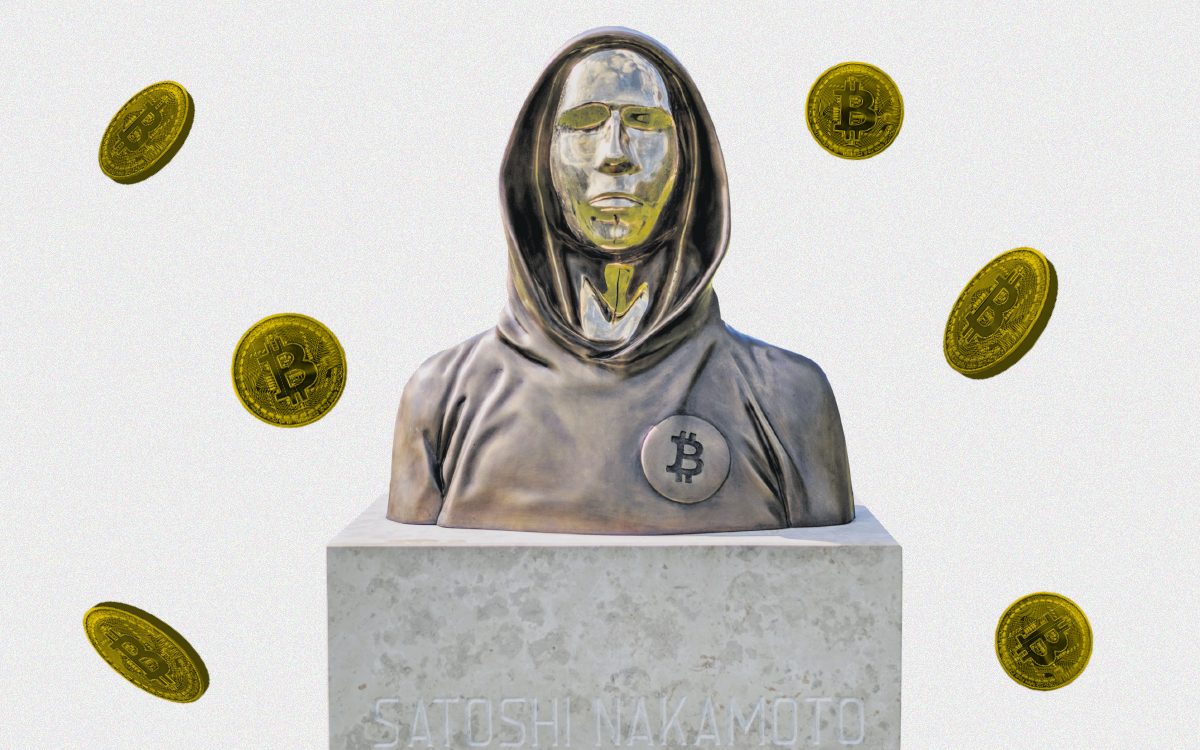Bitcoin, the pioneering cryptocurrency, has transformed the financial landscape since its inception in 2009. The enigmatic figure behind this revolutionary digital currency, known as Satoshi Nakamoto, remains shrouded in mystery. Despite extensive speculation about their identity, the reasons behind Satoshi Nakamoto’s creation of Bitcoin are clearer.
A Response to the Financial Crisis
Satoshi Nakamoto introduced Bitcoin at a time when trust in traditional financial systems was deeply shaken. The 2008 global financial crisis, sparked by the collapse of major financial institutions and the ensuing economic turmoil, exposed significant flaws in the banking and monetary systems. Centralized financial institutions were widely criticized for their role in the crisis, including risky lending practices, lack of transparency, and the mismanagement of funds.
In the wake of this crisis, Satoshi Nakamoto envisioned a decentralized digital currency that could operate independently of traditional banks and government control. Bitcoin was designed to be a peer-to-peer electronic cash system, allowing individuals to transact directly without intermediaries. This decentralization was intended to reduce the risk of systemic failures and enhance financial inclusion by providing an alternative to the traditional banking system.
Decentralization and Transparency
Central to Satoshi Nakamoto’s vision for Bitcoin were the principles of decentralization and transparency. Traditional financial systems rely on central authorities to manage and verify transactions, often leading to inefficiencies, high costs, and vulnerabilities to corruption and mismanagement. In contrast, Bitcoin operates on a decentralized network of nodes, where transactions are verified by a consensus mechanism known as proof-of-work.
This decentralized structure ensures that no single entity has control over the Bitcoin network, making it resistant to censorship and interference. Additionally, the blockchain technology underpinning Bitcoin provides a transparent and immutable ledger of all transactions. This transparency fosters trust among users, as the entire transaction history is publicly accessible and cannot be altered retroactively.
By eliminating the need for trusted intermediaries, Bitcoin empowers individuals to have full control over their finances. This aligns with the libertarian ethos that Satoshi Nakamoto espoused, advocating for personal sovereignty and financial freedom.
Privacy and Security in Transactions
Another critical motivation behind the creation of Bitcoin was the desire to enhance privacy and security in financial transactions. Traditional banking systems require users to disclose significant amounts of personal information, raising concerns about data security and privacy. Satoshi Nakamoto recognized the growing importance of digital privacy and aimed to create a currency that could offer a higher degree of anonymity.
Bitcoin transactions, while transparent on the blockchain, do not require users to reveal their real-world identities. Instead, transactions are linked to cryptographic addresses, providing a pseudonymous layer of privacy. This design helps protect users from identity theft and reduces the risk of personal data being compromised.
Furthermore, the cryptographic security mechanisms embedded in Bitcoin ensure the integrity and authenticity of transactions. The use of public and private keys for transaction signatures provides robust security against fraud and unauthorized access, making Bitcoin a secure medium of exchange.
Economic Empowerment and Financial Inclusion
Satoshi Nakamoto’s vision for Bitcoin also encompassed economic empowerment and financial inclusion. In many parts of the world, individuals lack access to basic financial services due to geographical, political, or economic barriers. Traditional banking systems often exclude the unbanked and underbanked populations, limiting their economic opportunities.
Bitcoin, as a borderless and accessible digital currency, offers a solution to this problem. With just an internet connection, individuals can participate in the global economy, send and receive payments, and store value securely. This democratization of financial services has the potential to uplift marginalized communities and drive economic growth in underserved regions.
By creating a decentralized and inclusive financial system, Satoshi Nakamoto aimed to challenge the status quo and provide a viable alternative to the centralized control of money. Bitcoin’s potential to foster financial independence and reduce reliance on traditional banking systems remains one of its most compelling attributes.
FAQ
Who is Satoshi Nakamoto?
Satoshi Nakamoto is the pseudonymous creator of Bitcoin, whose true identity remains unknown.
What inspired Satoshi Nakamoto to create Bitcoin?
The 2008 financial crisis and the flaws in traditional financial systems inspired Satoshi Nakamoto to create a decentralized and transparent digital currency.
How does Bitcoin ensure privacy and security?
Bitcoin transactions are linked to cryptographic addresses, providing pseudonymity, and use public and private keys for transaction signatures, ensuring robust security.
What is the significance of Bitcoin’s decentralization?
Decentralization makes Bitcoin resistant to censorship and interference, allowing users to transact directly without intermediaries and maintain control over their finances.



